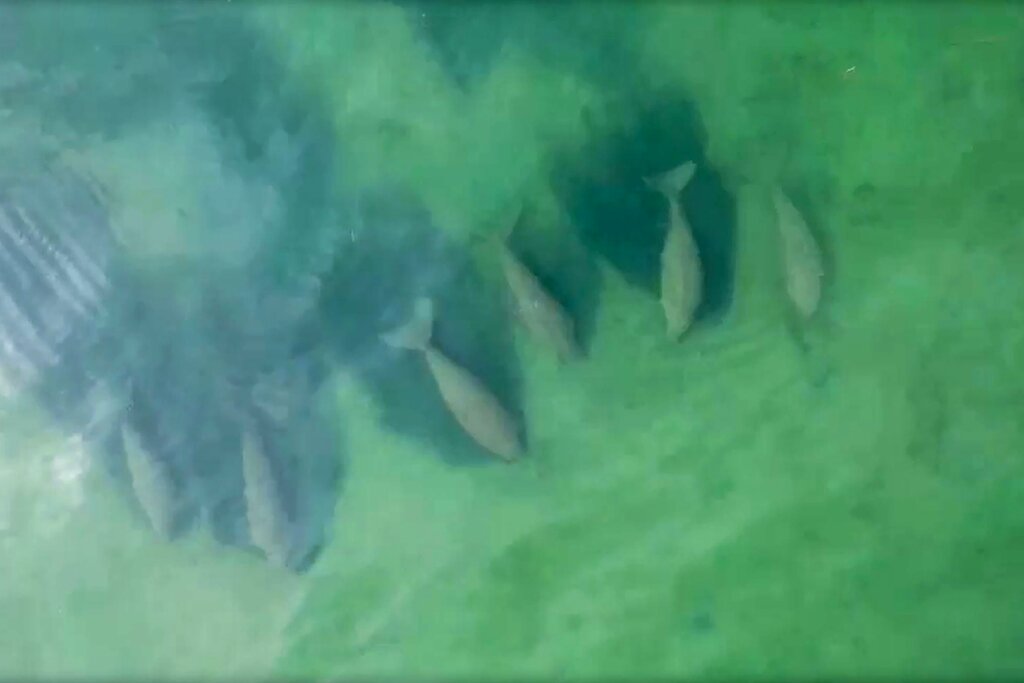Asian honey bees are known to stick small pellets of animal poo to their hives, because it puts of hornets from attacking.
Given the incredible cleanliness of bee hives, this behaviour seems foreign, though given the incredible success of the scheme, perhaps it is a sacrifice that they have had to make.
Continue reading “Use of tools: amongst insects”
















